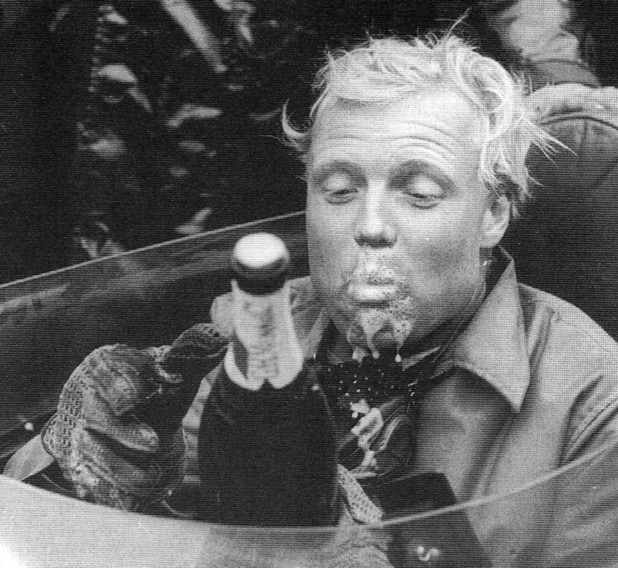Think for a moment about how many children were turned on to automotive culture by Pixar’s movie "Cars", and then by that film’s successors.
Might graphic novels and animated films be the way we educate our grandchildren and future generations to the lifestyle we so enjoy as car enthusiasts?
Consider that in 2016, Swiss artist Sando Garbo and his team created a 2-pound graphic novel version of Steve McQueen’s movie "Le Mans".
And now we learn that French filmmaker Quentin Baillieux has produced a 15-minute animated film "Le Mans 1955" that explores the race during which cars crashed and went into the grandstands, killing more than 80 people.

The start — actual photo (left) and animated movie version
The trailer for the movie has been released (see above).
“The 24 Hours of Le Mans, 1955. 300,000 spectators are watching from the sidelines,” the film’s synopsis notes. “It is 6:00 p.m. when Pierre Levegh’s car ploughs into the spectator stands, scattering the crowd with his car engine’s hot debris. It is a tragedy that will cost more than 80 lives. And yet, the race goes on.”
Baillieux told cartoonbrew.com that he was inspired to do his film after seeing a exhibition at the Louvre.

Tragedy at 1955 Le Mans

Celebrating at Le Mans
“I was struck by the beauty of the exhibited sports cars, especially a Jaguar which had competed in 1955 at Le Mans,” Baillieux said in his director’s notes. “I began researching the that event and two very contradictory photos appeared next to one another on my screen. On one side, the image of a tragedy: people in a panic, a blazing inferno behind them. Bodies were sprawled across the stadium. The photo beside it depicted delighted drivers celebrating their victory with champagne. How could these two images be linked? How can we live a moment so joyful in parallel to one so tragic?
“My desire to create this film was born from these questions – the need to find a link that can allow this juxtaposition of imagery to coexist. The tendency of man to destroy itself, forgetting its humanity while being consumed by its pride, its passion and feelings is the subject on which I wanted to delve into. It is the basis of my studies and my thoughts – and my desire to make this film.
“I endeavor to explain with empathy how it is possible for the drivers to continue and finish the race despite the tragedy. I wish to restore their humanity and acknowledge the contradictions and the gray areas.”
Among the key characters in the film is John Fitch, the American driver who was Levegh’s teammate.
This article, written by Larry Edsall, was originally published on ClassicCars.com, an editorial partner of Motor Authority.